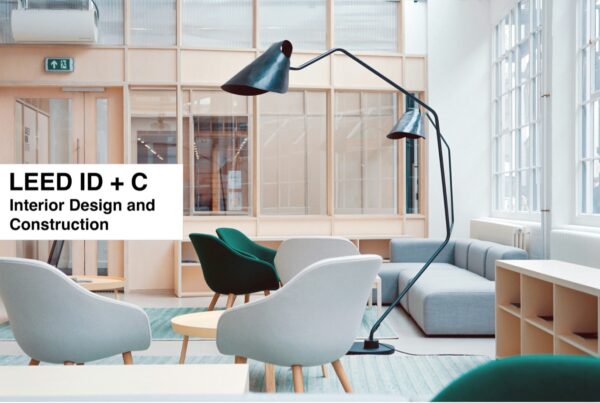If you’ve been patiently on the lookout, the Internet of Things and green building seem like a match made in heaven, beautifully made for each other. After all, what better way to turn our homes and buildings as green as possible than to configure the various devices that make them up to make intelligent decisions regarding energy use, water, climate control, security, maintenance, repair, and other important things—all in our behalf.
And yet, this golden state of intelligent automation and insightful interconnectedness of devices and machines continues to be a holy grail. The term was coined by Kevin Ashton in 1999, but the concept has been discussed as far back as 1991. So obviously, the Internet of Things is taking a long time to arrive (check out this timeline). In a way that’s a good thing since so many kinks still have to be ironed out.
Towards Smarter Green Buildings
As our devices and machines get smarter with each iteration—smart TV, smart windows, smart light bulbs, smart fridges, smart toasters, smart everything—the next logical step is getting them interconnected to holistically serve our homes and buildings. Especially buildings, considering their massive ecosystems that need to be maintained day in and day out.
Automated features are already in place, but there’s still human intervention needed. Someone still has to watch and analyse the data, key in the figures, make a phone call, etc. One hundred percent full automation is just not yet possible (we’ll get to that later). And let’s face it, we just don’t have the confidence yet to rely solely on machines.
When Google bought Nest last year, it was a big step for the Internet of Things. The search giant has been perfecting the way we access information ever since, making it more relevant and fine-tuned for our needs, so it stands to reason that it would be the most capable company to aggregate and process all those data continuously gathered by connected devices.
Letting the hardware do the hard work quietly and seamlessly behind the scene, so people can get on with their lives is what the Internet of Things hopes to achieve in green building. With IoT, building management would be a joy and ease.
Why the Internet of Things is Still Not Here
All these talk about the Internet of Things are exciting and intriguing, yes, but Brian Proffitt, writing for ReadWrite, notes several reasons we’re still a long way from it. One major reason is that there is no lingua franca or common language yet shared by interconnected devices.
At most, devices from the same manufacturer can “talk” to each other, but not with other brands, let alone to other devices, say a fridge to a toaster. For sure there are various existing protocols with which devices can communicate, but no universal protocol hasn’t been chosen yet. Until engineers can agree on a standard protocol to use, connected smart devices will end up in what Proffitt calls a “Tower of Babble”, wherein devices in exclusive groups (determined by the vendor or developer) are the only ones who can understand each other.










